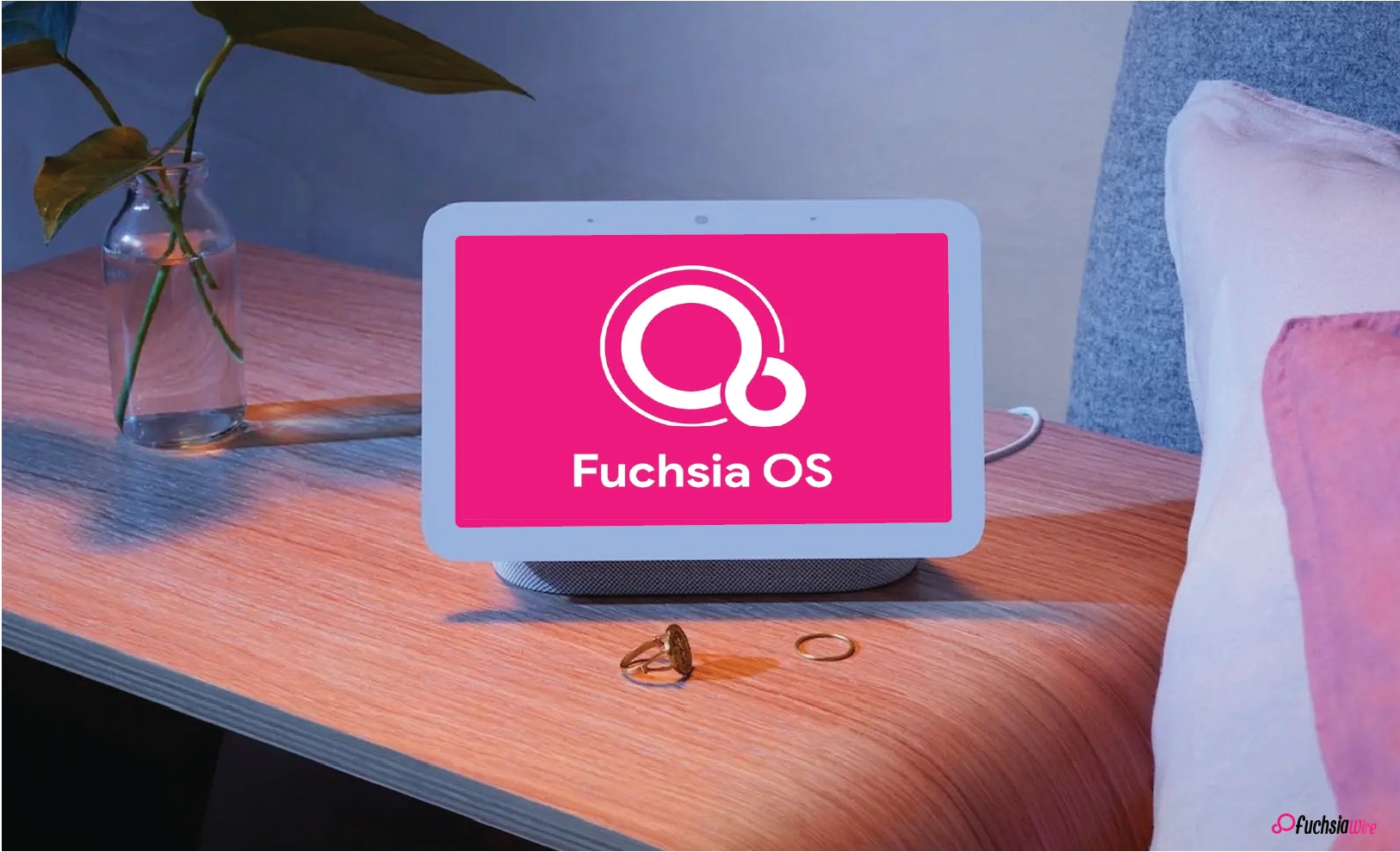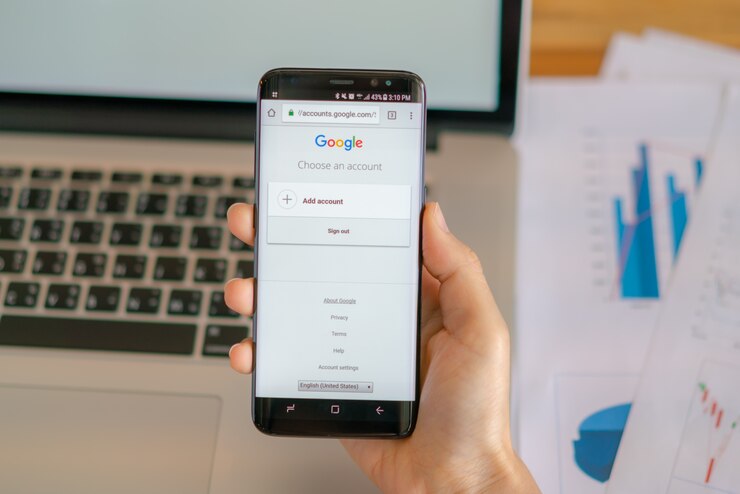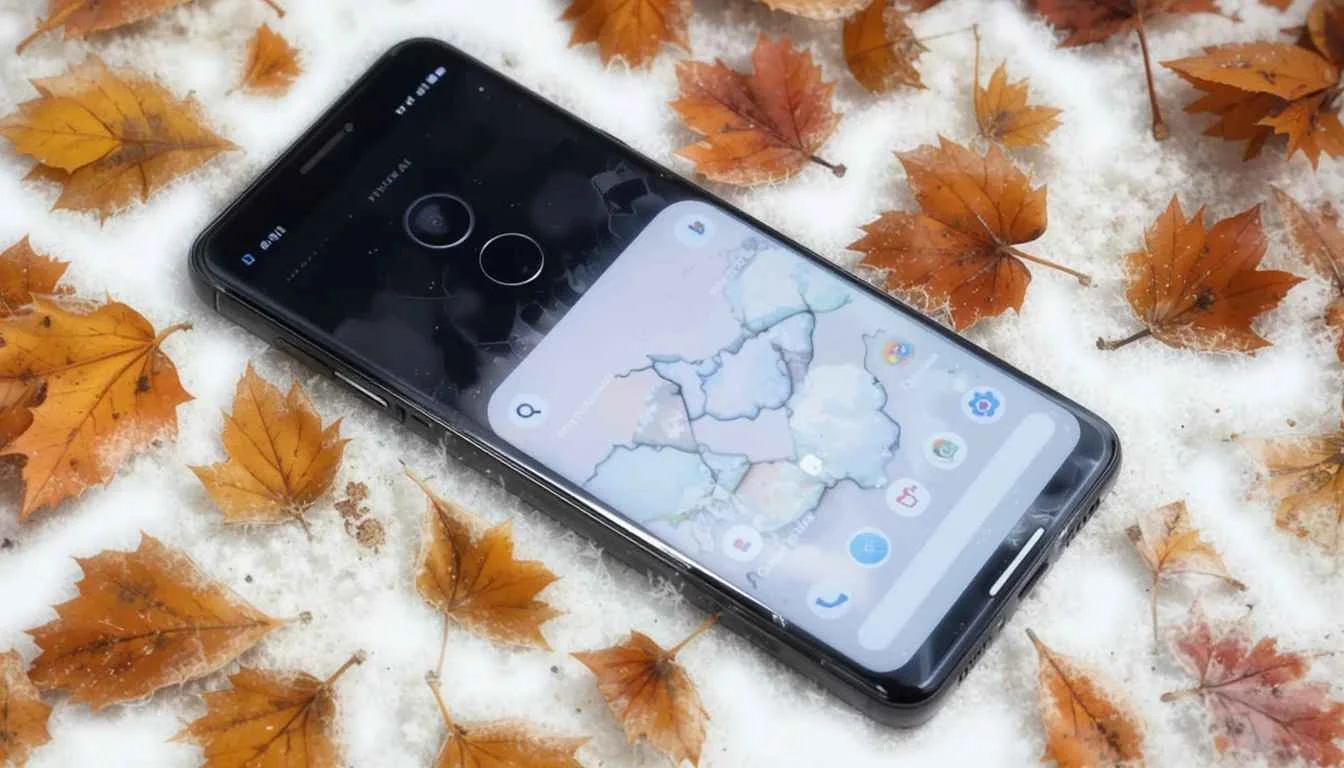Smartphones cannot be separated from our daily lives in this information technology era, whether for work, study, or entertainment. Nevertheless, given the rise in the volume of data stored within these gadgets, safety has to be a priority. You can use Private App Space to protect your information.
The feature is designed to create a rift between other and specific applications. It will include those who process financial data and people who have personal emails. It will also contain other individuals working on sensitive documents at work.
Setting Up a Private Space
To create a private app space on your Android device, follow these steps:
Take your mobile phone and click the Settings icon beneath the applications. This can mostly be found in the app drawer or by swiping from the top of the screen.
The location of the security and privacy settings may differ slightly. This is due to the manufacturing of your device and the version of the Android OS you are using. Security, privacy, biometrics, and options like that may differ slightly.
After selecting the right tab/Category, locate a setting labeled ‘Private Space,’ ‘App Lock,’ or ‘Secure Folder. This feature can be nested within a broader “Security” or “Privacy” section. Tap on it to activate the feature.
Designing Your Private Space
After turning on the private app space feature, you must tweak it. Here’s how:
To get applications into your private space, generally, you’ll have to:
Press the menu or button on the screen to open the feature.
Choose one of the options, for example, “Add apps” or “Move apps.”
Select the apps you would like to be supported by the private space.
Confirm your selection.
Using Your Private Space
You can use it when creating your private app space and adding apps. Here’s how:
Accessing Private Apps: To use any app within the private space, you only need to click on the corresponding icon in the feature. The application will start in sandbox mode, thus ensuring the safety of your information.
Switching Between Spaces: Several options might be available for your device implementation. They will allow you to transition between your public and private areas:
Dedicated App: The private app environment sometimes has a separate navigation. It is built into a device’s application. This means that you can use this app to switch between spaces.
Shortcut or Gesture: Some of them can enable space transition with the help of hotkeys or motion gestures. It includes pressing several buttons or moving a finger on the screen.
Managing and Troubleshooting
To add or remove apps from your private app space, you’ll typically need to:
Go to the interface through which the private app area is managed.
They should try to find an option that allows them to add or delete new applications in the private domain.
Select the apps that must be added or removed, then follow the onscreen guidelines.
Troubleshooting Common Issues
If you encounter any problems with your private app space, here are some common issues and potential solutions:
Check that you enter the correct password, PIN, or biometric data. Sometimes, you may forget your credentials and have to use the method stated above to reset them.
An app may not behave as expected when used within a context defined by this feature. Sometimes, uninstalling and installing the application again or updating it solves the problem.
If speed or other issues are a problem, restarting the device or clearing the cache of the private app space might help.
Conclusion
Establishing a private app space is a good idea to improve the device’s security and privacy. Limiting the apps and data within the secure container increases the risk of intrusion exponentially.
To create a private app space, go to your device’s settings. Turn on the feature and arrange it to the best mode you prefer. You can then upload anything from an app and lock the space using your passwords or biometric features. You also have easy access to your private info.
If you explore some of the concepts presented in algorithms and use the private app space feature, you will know how it can help you in your daily and working life. Don’t miss this valuable tool to protect your important data and keep yourself worry-free.
Also Read: Circle to Search Feature Coming to Google Pixel 7, Pixel 7 Pro























